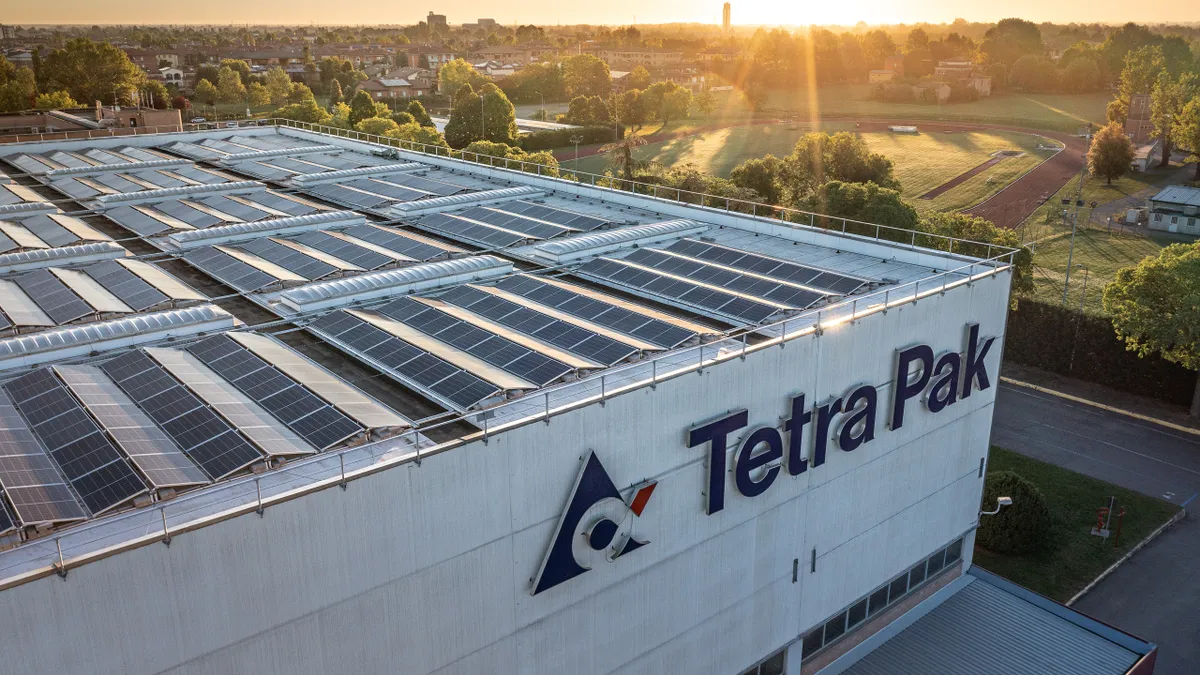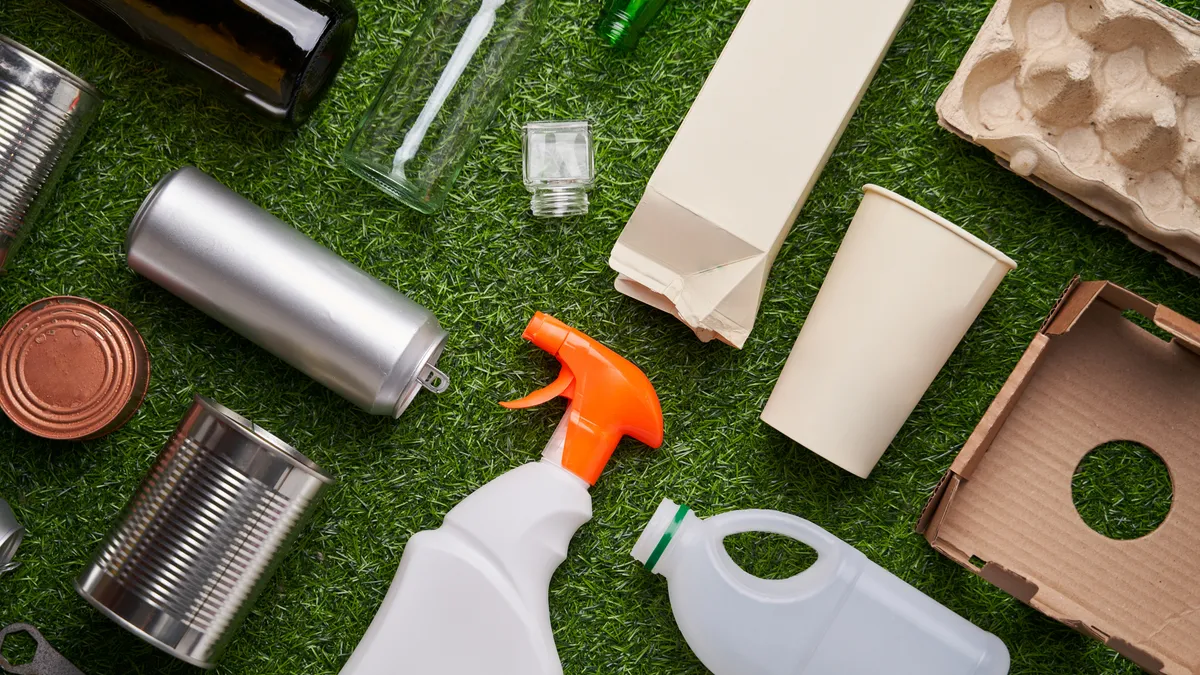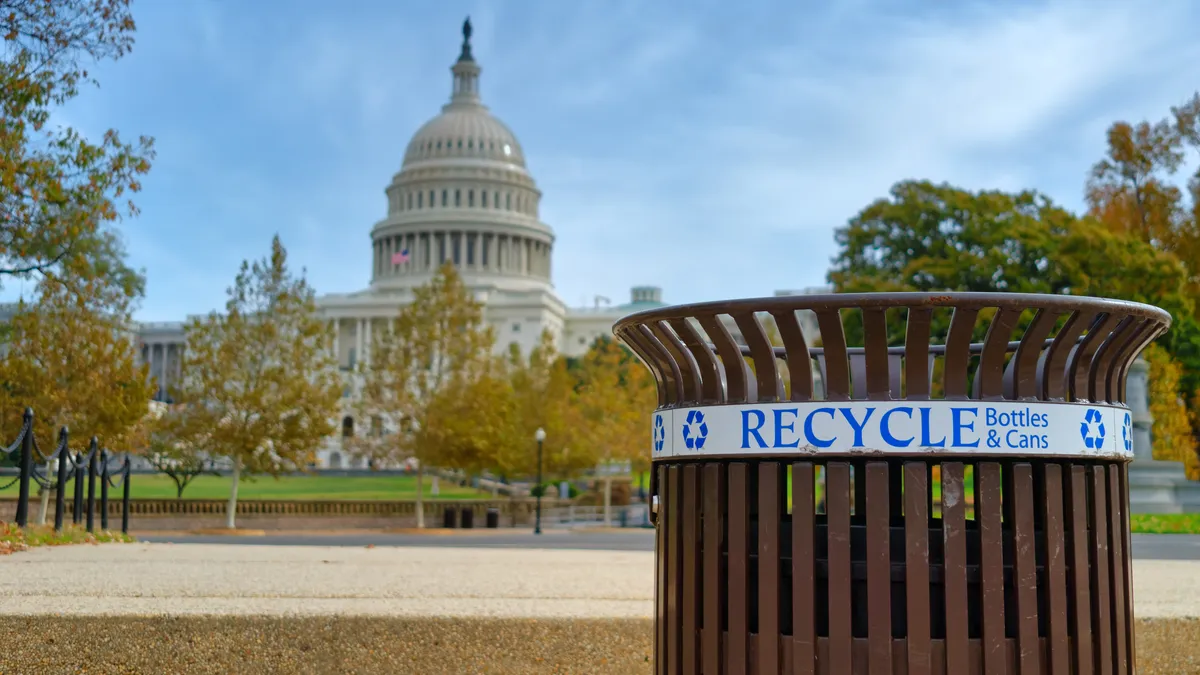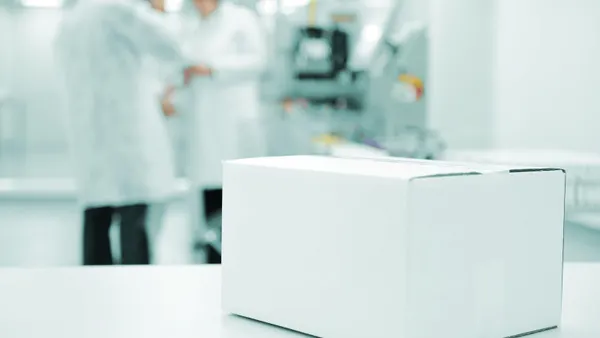Tetra Pak touted advancements with plant-based materials and recyclability in its 2022 sustainability report released this week.
The Swedish-Swiss food packaging and processing company under Tetra Laval said it continues to design packaging that is “attractive to paper recyclers,” in part by increasing paper content. It is trying to create fully recyclable packages made entirely from responsibly-sourced renewable or recyclable materials. Tetra Pak invested 100 million euros in packaging design this past year as it investigates more simplified material structure.
Tetra Pak also says it strives to design its packaging equipment to be maintained, leased, reused, repaired and upgraded to extend the lifespan. For example, in 2022 the company said 41 filling machines and 65 pieces of distribution equipment were renovated and made available to be remarketed.
Ultimately, the company is targeting net-zero greenhouse gas emissions across the value chain by 2050. Its target has been approved by the Science Based Target initiative. In 2022 there was a 5% reduction across Scope 1, 2 and 3 emissions compared with a 2019 baseline; Scope 1 (direct) emissions declined, while Scope 2 (indirect) and Scope 3 (value chain) emissions increased.
Tetra Pak’s sustainability report follows similar recent releases from other fiber-based packaging companies including WestRock and International Paper.
Plant-based materials
Tetra Pak’s carton packages are 70% paperboard and 23% conventional plastic, with 5% aluminum foil and 2% biobased plastic.
Plant-based plastic accounted for 9% of the overall amount of plastic the company bought in 2022. The company said it increased the amount of plant-based packages — those made with conventional plastics derived from sugarcane oil — sold from 2021 to 2022 by 24%. The amount of plant-based caps sold rose by 11% year over year. Also last year, the company tested a fiber-based barrier as an alternative to aluminum foil layers used in food packaging under ambient conditions.
| Billions of plant-based products sold | 2019 | 2020 | 2021 | 2022 |
| Packages | 1.3 | 3.4 | 7.1 | 8.8 |
| Caps | 5.1 | 7.5 | 10.7 | 11.9 |
Recycling
In 2022, 193 billion Tetra Pak packages were sold and an estimated 1.2 million metric tons were collected and sent for recycling. The majority of those packages go to paper mills, where recovered fiber is used in cardboard boxes, tissue paper and office paper. As for polyAI – the protective layer of polyolefins and aluminum – the company is trying to support development of end markets. That recycled plastic material is being turned into transportation pallets, crates and more.
Overall, Tetra Pak estimates its global gross effective recycling rate in 2022 was 20%, which it calculated by deducting non-recycled polyAI from the volume of cartons collected for recycling. Globally, the company estimates a quarter of carton packages were collected for recycling. It remains difficult to recycle polycoated paper in many areas.
The company reported that, as of this year, it collaborates with approximately 200 recycling facilities. Just over half of those recycle fiber by hydrapulping, about 30% recycle polyAI, in part by injection molding, and about 18% are integrated recyclers that can recycle both fiber and polyAI, either separately or together.
Tetra Pak is working to achieve a 70% recycling rate for carton packaging in the EU by 2030. The company said it plans to invest up to 40 million euros annually to “drive the collection and recycling of carton packages worldwide,” which would be an increase from the 30 million euros it reported spending in 2022.
The company also said it has been working to roll out tethered caps on packages ahead of EU requirements set to come into force July 2024.















